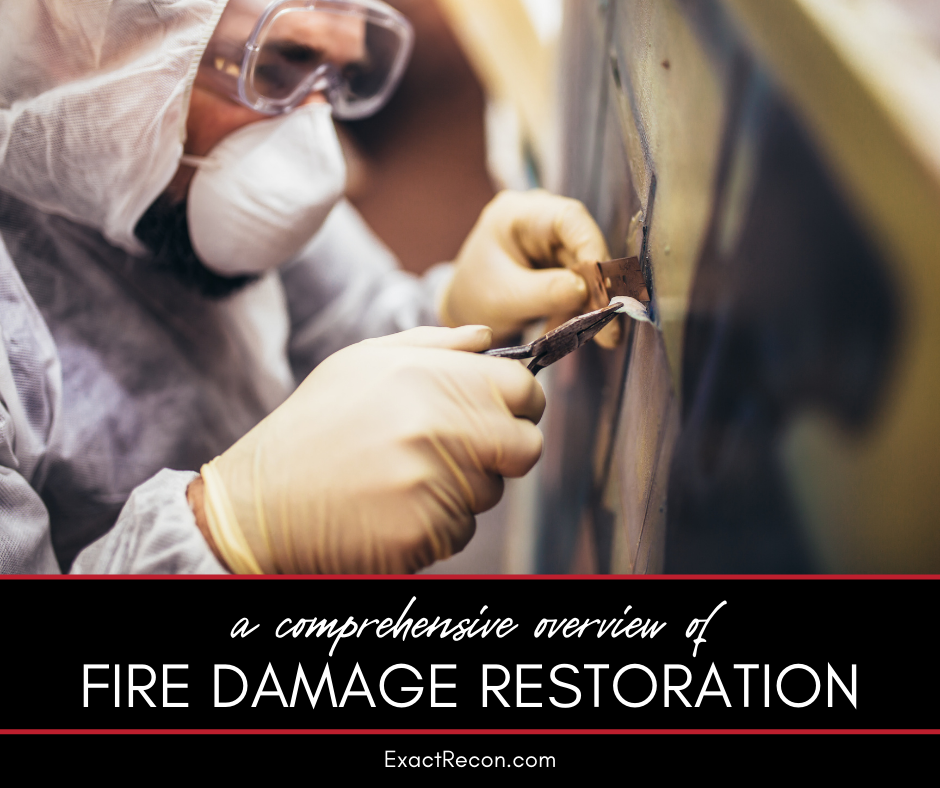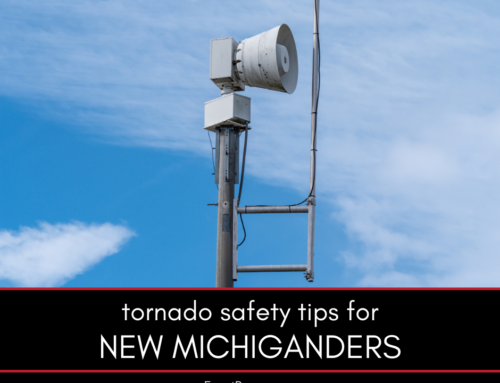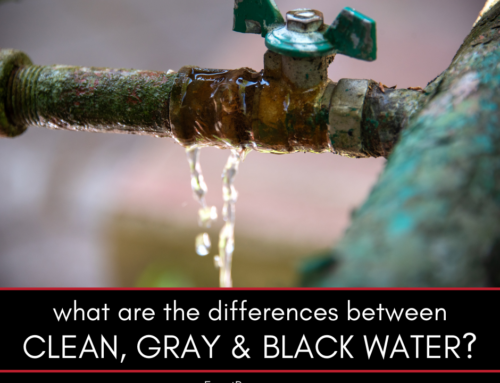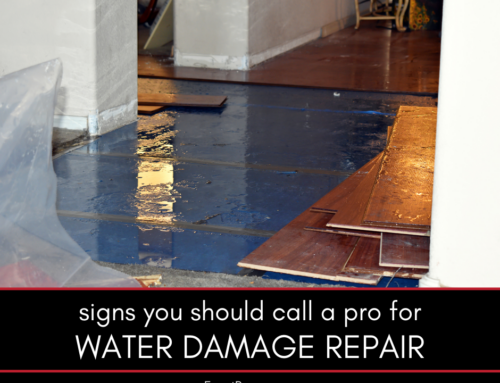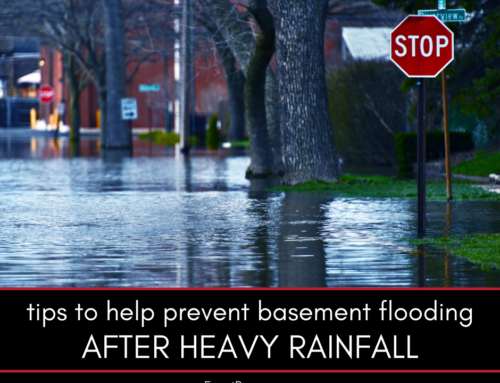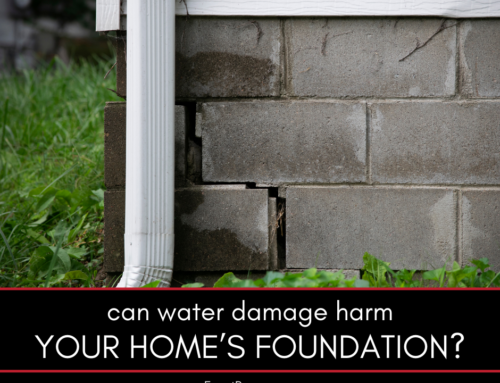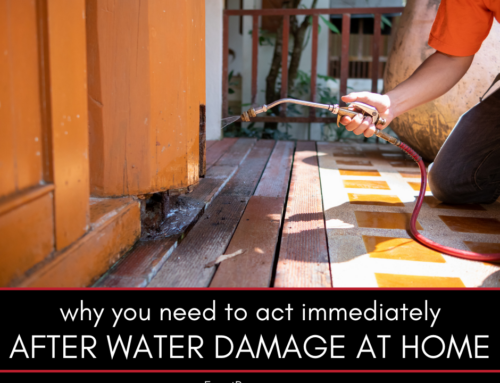Fire damage can be devastating, leaving your home unsafe and your belongings destroyed. Understanding the fire damage restoration process and working with a professional can help you recover and rebuild your home.
A Comprehensive Overview of Fire Damage Restoration
Fire damage restoration involves several steps to ensure your home is safe and livable again. This guide explains the following:
- Assessing fire damage
- Securing your property
- Removing debris and cleaning
- Addressing water damage
- Repairing and restoring your home
- The importance of working with a professional
Here’s a closer look at each.
Assessing Fire Damage
The first step in fire damage restoration is a thorough assessment of your home. A professional restoration company will inspect the property to determine the extent of the damage. They will look for structural issues, such as weakened walls and floors, and identify areas affected by smoke and soot. This assessment is crucial for developing a detailed restoration plan and providing an accurate estimate for repairs.
Related: Expert tips for dealing with water and fire damage, mold and more
Securing Your Property
After a fire, it’s essential to secure your property to prevent further damage and unauthorized access. Professionals will board up windows and doors and cover any holes in the roof with tarps. This step protects your home from the elements and deters vandals and thieves. Securing the property also ensures that restoration work can proceed safely and efficiently.
Removing Debris and Cleaning
The next step is removing debris and cleaning affected areas. Professionals will remove charred materials, such as furniture, drywall, and flooring, that cannot be salvaged. They will also clean surfaces to remove soot and smoke residue. Specialized equipment, such as HEPA vacuums and air scrubbers, is used to eliminate airborne particles and improve indoor air quality. Cleaning and sanitizing the property is essential to prevent health hazards and prepare the area for repairs.
Addressing Water Damage
Water damage often accompanies fire damage, especially if firefighting efforts were involved. Professionals will extract standing water and use industrial-grade drying equipment to dry out the affected areas. Dehumidifiers and air movers help remove moisture from the air and materials. Addressing water damage promptly prevents mold growth and further structural issues.
Related: Restoring your business after a natural disaster
Repairing and Restoring Your Home
The final step in fire damage restoration is repairing and restoring your home. This process can include replacing damaged drywall, flooring, and insulation, as well as repainting walls and ceilings. Professionals will also address any electrical and plumbing issues caused by the fire. Restoration aims to return your home to its pre-fire condition, ensuring it is safe, functional, and aesthetically pleasing.
The Importance of Working With a Professional
Working with a professional for fire damage restoration is essential for several reasons. Professionals have the expertise and equipment to handle all aspects of the restoration process, from assessment to final repairs. They can identify hidden damage that may not be immediately apparent and ensure that all issues are addressed. Hiring a professional also provides peace of mind, knowing that your home is being restored correctly and safely. Additionally, professional restoration companies can assist with insurance claims, providing documentation and working directly with your insurance company to facilitate the process.
Related: How to salvage your belongings after major home damage
FAQ About Fire Damage Restoration
Check out these commonly asked questions about fire damage restoration. If you don’t see your question here, please call our office and we’ll find you the answers you need.
How Long Does Fire Damage Restoration Take?
The duration of fire damage restoration depends on the extent of the damage. Minor repairs may take a few days, while extensive restoration can take several weeks or months. A professional can provide a more accurate timeline after assessing your property.
Can I Stay in My Home During Fire Damage Restoration?
Whether you can stay in your home during restoration depends on the severity of the damage. For minor repairs, you may be able to stay in a safe, unaffected part of the home. However, for extensive damage, it’s often best to find temporary housing until the restoration is complete.
What Items Can Be Salvaged After a Fire?
Many items can be salvaged after a fire, depending on the extent of the damage. Non-porous items like metal and glass can often be cleaned and restored. Porous materials like fabric and paper may need to be discarded. A professional can help determine what can be salvaged and what needs to be replaced.
How Do Professionals Remove Smoke Odor?
Professionals use specialized equipment, such as ozone generators and thermal foggers, to neutralize smoke odors. This process involves breaking down odor-causing particles at a molecular level. Air scrubbers and HEPA filters also help remove particles from the air.
Related: Creating a disaster preparedness kit for your home
What Should I Do With My Belongings During Restoration?
During restoration, it’s best to remove your belongings from the affected areas. Professionals can assist with packing and storing items to prevent further damage. They can also help clean and restore salvageable items before returning them to your home.
Do You Need a Disaster Remediation Expert in Washtenaw County or Jackson County?
If your home has already been damaged, we can help. Check out our services and call Exact Recon for your free disaster remediation quote today. We offer:
- Water damage restoration
- Fire damage restoration
- Mold removal and remediation
- Fire and smoke restoration
- Sewer cleanup and disinfecting
- Reconstruction
- Wind and storm damage repair


